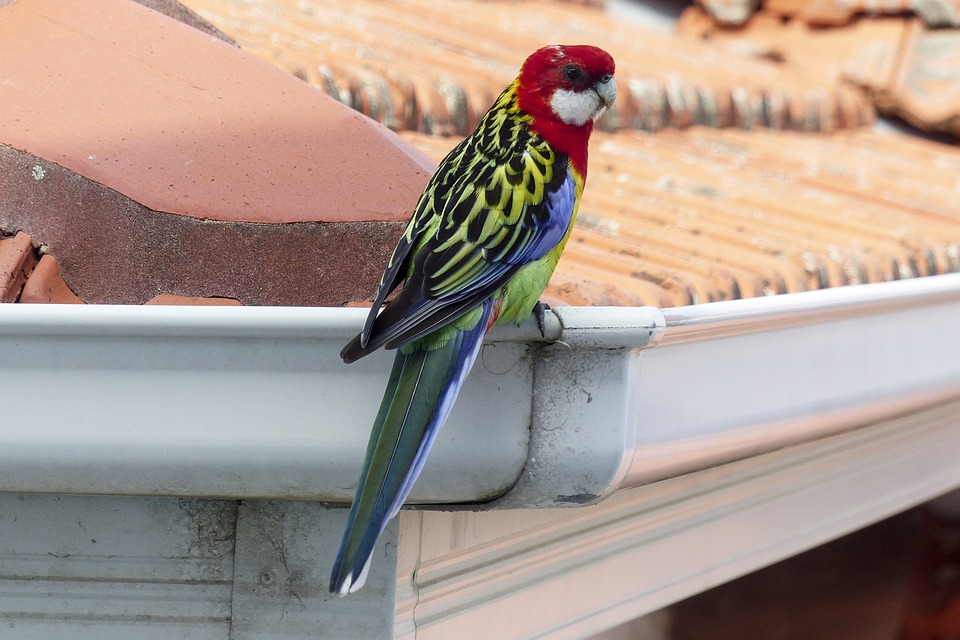Parrots are fascinating creatures with their vibrant colors, intelligence, and ability to mimic human speech. However, to truly understand and care for them, it is important to have an understanding of their behavior. One significant aspect of parrot behavior is the importance of bonding with a mate. In this article, we will explore why bonding with a mate is crucial for parrots and provide some insights into common behavior patterns.
Parrots are highly social creatures, often forming strong bonds with their mates in the wild. Bonding provides them with a sense of security, companionship, and emotional support. Without a mate, parrots can feel lonely and may exhibit negative behaviors such as feather plucking or aggression. Therefore, bonding with a mate is essential for their emotional well-being.
A parrot that has a strong bond with its mate is more likely to exhibit positive behavior. They may become more vocal, playful, and generally content. Bonding helps reduce stress and anxiety levels in parrots, allowing them to express their natural behaviors in a safe and secure environment. This, in turn, reduces the likelihood of developing behavioral issues.
There are several signs that indicate a strong bond between parrot mates. Mutual grooming is a common behavior seen in bonded parrots, where they preen each other’s feathers. This behavior strengthens their bond and fosters trust. Bonded parrots also engage in frequent vocal interactions, such as mimicry or conversation-like exchanges. This communication reinforces their bond and establishes a sense of companionship. Additionally, physical affection, such as snuggling, cuddling, or even feeding each other, further solidifies their bond and creates a sense of intimacy.
Building a strong bond with your parrot requires spending quality time together. Regularly interact with your parrot, engaging in activities they enjoy, such as playing with toys, teaching them new tricks, or simply talking to them. This quality time helps build trust and strengthens the bond. Consistency is also crucial in bonding with a parrot. Establish a routine that includes consistent feeding times, playtime, and social interaction. Parrots thrive on predictability, and a consistent routine helps them feel secure and bonded. Positive reinforcement is another effective way to bond with your parrot. Reward them with treats or praise when they exhibit desirable behaviors, such as responding to commands or engaging in interactive play. This positive reinforcement encourages bonding and reinforces desired behaviors.
Some frequently asked questions about bonding with parrots include the time it takes to bond, the ability of parrots to bond with multiple mates, and what to do if aggression arises between bonded parrots. The bonding process varies from parrot to parrot and can take anywhere from a few weeks to several months. Parrots can form strong bonds with multiple mates, whether within their own species or even with humans, but it is crucial to ensure each bond is given adequate attention and care. If aggression arises between bonded parrots, it is important to separate them immediately to prevent harm and consult an avian behavior specialist to address the underlying causes and work on resolving the aggression issues.
In conclusion, understanding parrot behavior is crucial for creating a nurturing environment for these intelligent and social birds. Bonding with a mate plays a significant role in a parrot’s overall well-being, emotional stability, and positive behavior. By investing time and effort into building a strong bond with your parrot, you can ensure a fulfilling and enriching life for your feathered companion.









